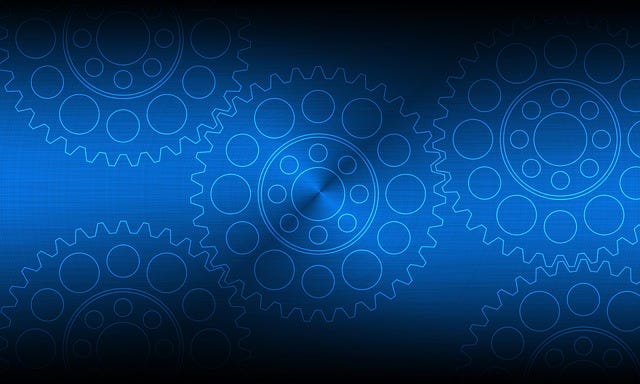The Rise of the Hybrid IT/OT ProfessionalThe Rise of the Hybrid IT/OT Professional
A new type of technologist with a unique combination of IT and OT skills is becoming critical for companies in their industrial IoT initiatives.
May 25, 2018

We hear the term “IT/OT convergence” a lot these days as industrial enterprises progress along the internet of things path. This refers to the blurring of the line traditionally separating the enterprise data center and business systems (IT) from production automation systems (OT) and their respective networks.
But there’s also a human dimension to this convergence. Enter the hybrid OT professional -- a new species of technologists with a unique combination of skills that enable them to bridge the gap that has, up to now, separated the IT and OT worlds both technologically and culturally.
Hybrid OT professionals understand the priorities that drive technology decisions at the network edge down on the production floor, while also understanding how data gathered at the edge can drive strategic business decisions up in the C-suite. They have the skills to help make that connection and that’s what makes them so valuable. It’s why an increasing number of industrial organizations are aggressively recruiting professionals with this special knowledge and perspective.

industrial.jpg
But recruiting a hybrid OT professional is not enough. You also need to create the conditions for him or her to succeed. That means driving organizational changes that help break through the silos that have separated IT and OT. Because this new hybrid model is still taking shape, there is no set organizational blueprint for achieving this shift. Some enterprises have moved the IT resources responsible for supporting OT and put them under the head of operations. Other companies have taken the opposite approach, moving OT over to the IT organization.
The right approach will likely depend on the dynamics of your enterprise. But making thoughtful decisions about how to move resources around to accommodate this new type of professional will be key to leveraging their specialized expertise.
It’s also important to recognize that this new hybrid OT role is not just about a particular combination of skills. Taking an IT person and training him or her on OT -- or vice versa -- may not get you there. You need someone with a whole new mindset. Someone who is comfortable with the idea of monitoring operational systems remotely and using data to optimize the operation of systems, rather than wrenches and screwdrivers.
As an analogy, consider an air force drone pilot. Yes, they need rock-solid flying skills like any combat pilot. But they also need the ability to analyze and act on visual data on their screens in a way that is different from the way a pilot in the cockpit takes in visual stimuli. It’s a different skill, but it’s also a different mindset—a mindset more common to millennial “digital natives” who grew up with technology almost as an extension of themselves.
Viewed this way, the hybrid OT professional is also a harbinger of another transition occurring on production floors everywhere: a generational shift. As the baby boomer generation moves ever closer to retirement, a new generation of OT professional is taking their place. While their predecessors may have an engineering background, it is likely to be in mechanical engineering. The new breed of hybrid OT professional will likely have education and training in electrical engineering or computer science. They may even have a degree in digital science with a concentration in analytics, as some schools are now moving toward.
As the industrial edge becomes increasingly connected, intelligent, and linked to business analytics, the hybrid OT professional will be a critical lynchpin, helping companies realize the potential of the industrial IoT.
Start looking for that person now. I’m betting demand will soon outstrip supply.
About the Author
You May Also Like




